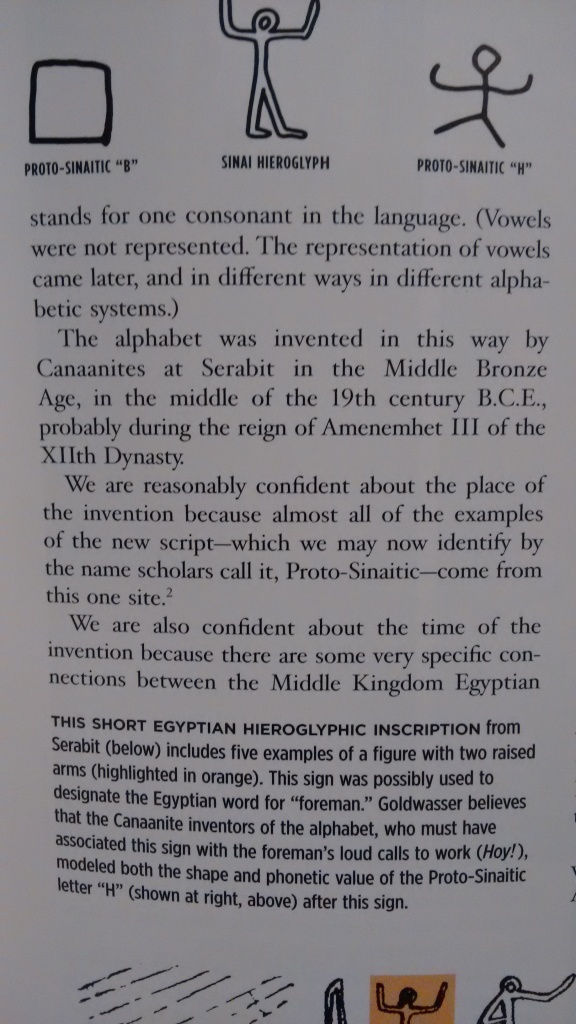My year of being 40 is now over. Of the 40 goals I set for myself this year, I finished 36. Here are the three I did in the last month, followed by some overall reflections and a look to the future.
34. Give my wife 40 back rubs. I feel a little bad that only one of my 40 goals involved my wife, but I think this was a pleasant bit of loving service, and I should keep this up. I’ve already done another since finishing the goal. I also feel a little bad that it took me until the final month to complete this one. Note to self: do something special for your wife in the near future.
35. Don’t say anything negative about anyone for 40 straight days. This one was *super* hard. I had minimizing my sarcasm at school in mind here, and especially making sure my children know that I love and respect them with the words and tone I use at home. As the year went on, I kept struggling with how to really make this practical, since I have to discipline others and since I can’t control how they react to me. Still, the ball is in my court, and over the last several years I’ve gained a lot of awareness about how deficient my own social skills have always been, and I’ve made a lot of progress there, but there is still quite a ways to go. I kept having to start this over, often with modified expectations and definitions for myself, and only as this new school year started have I felt consistent enough in maintaining positive relationships with young people that I can honestly check this off….but I need to keep focusing on this as much as any of the other things I’ve done this year, and maybe more.
36. Learn 40 new Portuguese words each month. Probably my greatest success this whole year. Technically, I finished this goal after just a few months, with the expected word count at just 480 (Duolingo puts my vocabulary today at 3145), but I’ve never studied or practiced anything this consistently before. Today is day 70 of my current streak on Duolingo; gunning to break my record of 81 days. I’m at level 15. I understand and use some choppy Portuguese pretty regularly at home, but I’m nowhere near fluent yet–not even conversationally–and I intend to keep going until I am. Learning a new language has been a challenging joy.
**********
The four goals that are as yet unfinished are running a 10k 40 times (I only have 25 done), listening to 40 jazz albums (I’ve loved the several I’ve done so far, but there’s very little progress here), sketching 40 drawings (about halfway done, but I recently decided that I want to focus on drawing birds, and the rest of the goal will be directed at that), and learning 40 new chess moves (I’ve made a ton of growth in chess this year, but still have a ways to go before calling this one good).
One reason why I didn’t finish is merely the overwhelming stress of the first quarter of a school year. I get so busy, so stressed out, that I disappear into my work. I’ve never figured out how to cope with that and still live my life. I guess I need to keep working on that, so I don’t keep losing so much of myself for two months a year. At least I got over that bought of bronchitis a few weeks ago.
I’ll extend my deadline for those four last goals until the end of this year. I want to keep up good habits, including the habit of goal setting for self improvement itself, so today I’m starting a new fitness goal to do planks every morning and evening. This is a great way to live.
Since just a few months into the project, I’ve been analyzing it and asking myself if it was really making me happier, though. Was this just robotic list checking? Was I focusing on that instead of experiencing life more deeply?





 One of my goals for the year is to read 40 articles about the Bible. Casting about online and through library catalogues in January for suitable material, I came across this: in 2015, the venerable journal Biblical Archaeology Review celebrated their 40th year with a “greatest hits” collection of their 40 best articles ever. And that’s what we call serendipity.
One of my goals for the year is to read 40 articles about the Bible. Casting about online and through library catalogues in January for suitable material, I came across this: in 2015, the venerable journal Biblical Archaeology Review celebrated their 40th year with a “greatest hits” collection of their 40 best articles ever. And that’s what we call serendipity.






